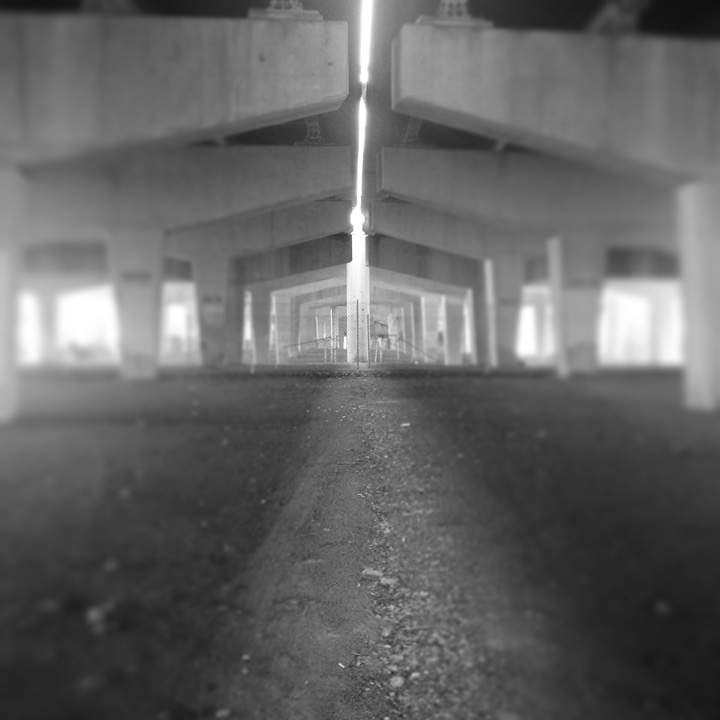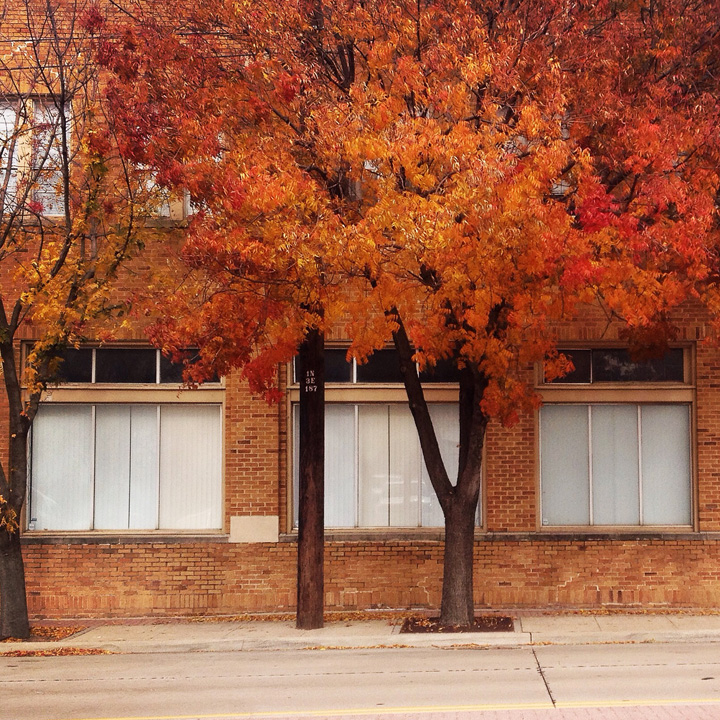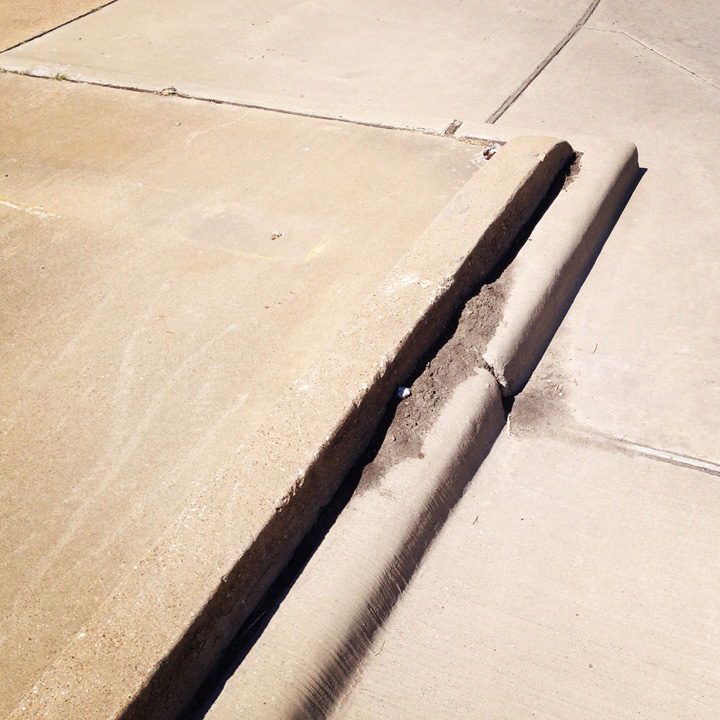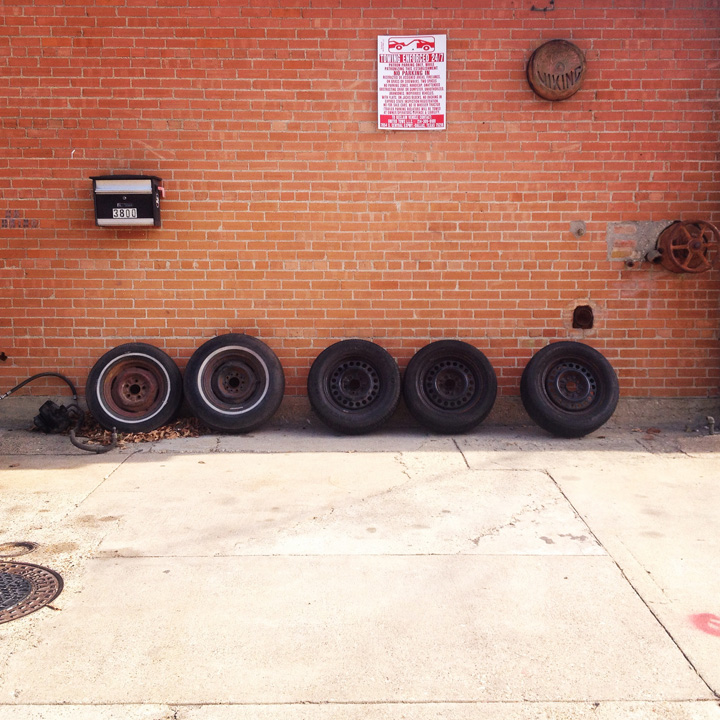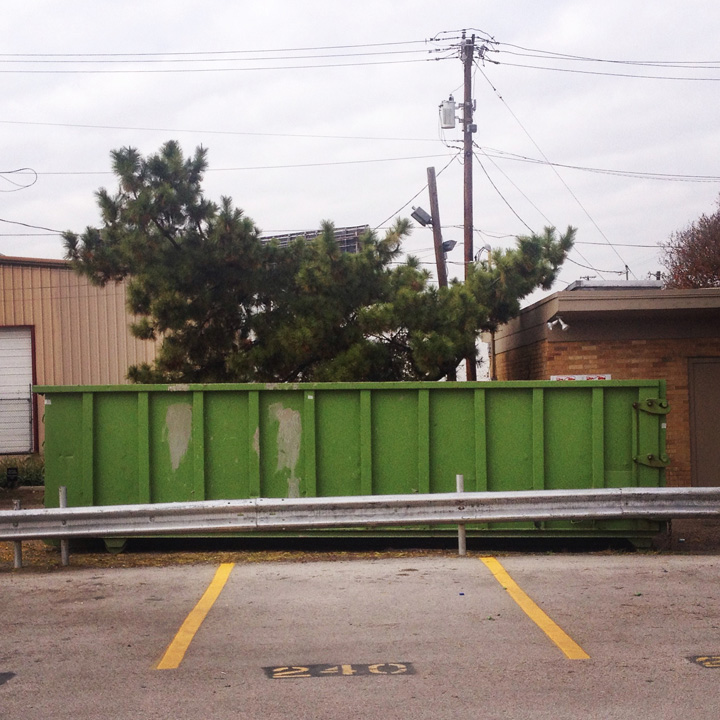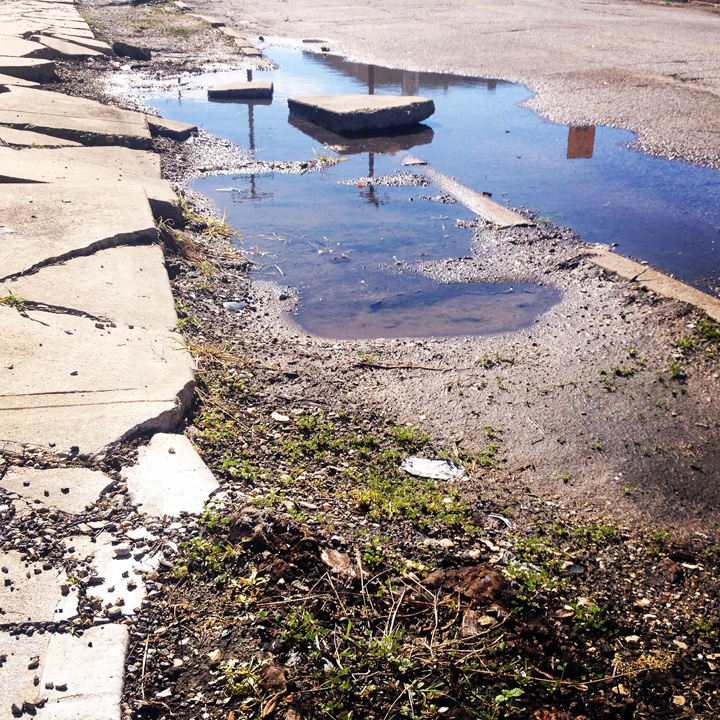“This is Dallas: young, vital, industrious; it has become a major american city and it shares most of the problems plaguing american cities today. 53 percent, just over half of the Dallas Central Business District, is devoted entirely to the automobile . . . there is no relief for the pedestrian from the harshness of concrete and the domination of the automobile.”
-- Thus begins the narration on The Walls Are Rising, a beautiful 1967 film rife with quotes such as the above that could easily have been uttered today. Produced by the Dallas chapter of the American Institute of Architects (AIA) and the Greater Dallas Planning Council (GDPC), and recently discovered by AIA Dallas and Flashback:Dallas author Paula Bosse, the film consists of over 8,000 still images photographed and narrated by Austin's Ron Perryman. The film is conceived as an open letter to the city's political leaders and establishment, offering an alternative to the seemingly directionless and unplanned development happening in the city. Walls begins by depicting Dallas as a place unfriendly to humans but efficient and friendly for the automobile; booming with economic development but development without good urban design; growing rapidly in population yet failing to provide open spaces for that population.
“The things which bring people together to form a city are many and varied, and most of us feel the benefits are well worth the sacrifices involved. But many of the sacrifices are not necessary. Planning and good design can eliminate them.”
It's essentially a love letter to cities, and an ode to Dallas itself, full of optimism and hope for the future of the city. But where does that optimism stand now? Below are the recommendations for the future of Dallas; think about which of these issues are still at the forefront in our city (starts at 19:50 in the video), keeping in mind that these recommendations were made by AIA Dallas and GDPC almost 50 years ago:
Freeways should be designed for the driver instead of the automobile.
Attention should be given to open spaces and neighborhoods.
Proper signage (advertisements as well as traffic signage) should be clear, legible, and minimal.
Protect major neighborhoods by routing traffic around them.
Walkability is important: each neighborhood should have access to schools, libraries, etc.
Living Downtown should be encouraged by making downtown as livable as possible.
Hike and bike trails should be designed to connect Dallas' many green spaces and creeks.
A commercial elevated gondola connection between Fair Park and the Dallas Zoo (?)
Dallas Area Rapid Transit (DART) to create an efficient, safe commute
The creation of a recreational lake in the Trinity River Corridor that would provide "ideal park areas" and expansion of the central business district toward the river.
Clearly not all of the recommendations still seem like a good idea today, such as the miles-long gondola ride between Fair Park and the Zoo. Also, the call to completely rebuild the Oak Lawn commercial districts in the film gives a sense of misguided urban renewal strategies. Regardless, it's apparent that Dallas architects and designers in the sixties weren't afraid to dream BIG. They saw Dallas as a city on the precipice of either becoming a world-class livable city, or just a pass-through on the way to suburban sprawl. Does this "Dallas on the edge" narrative hold true still today?
“The day is coming when a city will attack its problems and opportunities on all fronts at once: that city could be Dallas.”


